
Mitel Named as Supplier on Crown Commercial Service’s Network Services 3 Framework
LONDON--(BUSINESS WIRE)--Aug 31, 2023--
2023-08-31 16:18

AMD Gives Peek at Upcoming Line of AI Processors in Challenge to Rival Nvidia
Advanced Micro Devices Inc. showcased its upcoming line of artificial intelligence processors, aiming to help data centers handle
2023-06-14 02:48

Get uTalk and 1,000+ online courses for life, now $40
TL;DR: As of September 22, you can get an online learning bundle including uTalk and
2023-09-22 17:29
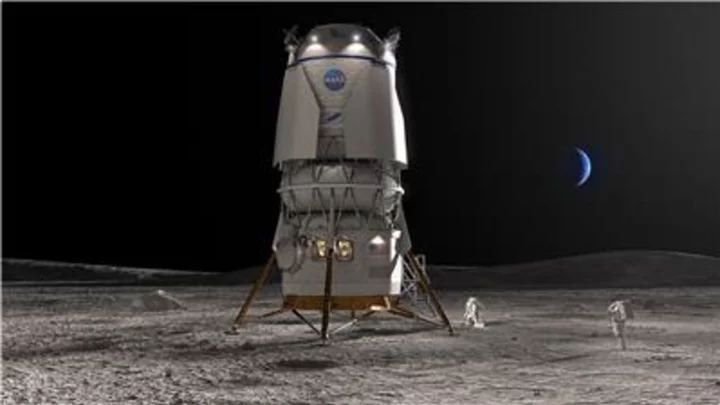
NASA Selects Blue Origin for Astronaut Mission to the Moon
KENT, Wash.--(BUSINESS WIRE)--May 19, 2023--
2023-05-20 00:50

Nintendo announces Super Mario RPG remake, Super Mario Bros Wonder and more
Nintendo has confirmed a 'Super Mario RPG' remake is coming later this year.
2023-06-22 19:22

Exclusive-Yandex NV could sell all Russian assets in one go
By Darya Korsunskaya and Alexander Marrow (Reuters) -Yandex's Dutch holding company is considering selling all its Russian assets in one
2023-11-14 23:16
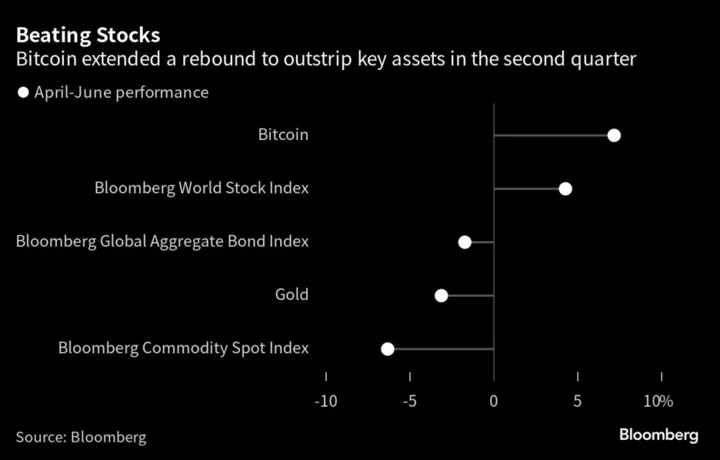
Bitcoin Set for Second Quarterly Gain as Smaller Tokens Lag by the Most Since 2020
Bitcoin is set for a second straight quarterly gain, tightening its grip on crypto markets as smaller tokens
2023-06-30 17:29

Apple launches ‘Tap to Pay on iPhone’, letting people take payments on their device
Apple has announced “Tap to Pay on iPhone”, a new update that turns its device into a payment system. Until now, most small businesses have used separate devices such as those made by Zettle, which pair with a phone and allow them to take payments on cards or phones. Now the new feature does away with the need for such additional hardware, turning the iPhone into a card reader itself. The new update is focused on small and medium businesses, Apple said, though it will also be coming to the Apple Store soon. And while the update is for those businesses that take payments, it could mean that paying for things could look very different for customers, too. It means that shops need only install a compatible app – such as those made by Stripe and Zettle – alongside an updated iPhone. That iPhone will then turn into a card reader, being able to accept not just iPhones and Apple Watches with Apple Pay, but also other digital wallets and traditional plastic payment cards. All that is needed to use the new tool is an iPhone Xs or later, that is running the latest software update. The tool will not work on other Apple hardware, such as iPads. Apple has included a range of privacy and security features into the system. Transactions are encrypted and processed using the iPhone’s Secure Element, meaning that Apple is not able to track who has purchased something or what they have bought. The system also uses a standardised payment screen, which means that users will be able to check they are being charged the right fee and that it is a legitimate transaction. Apple first unveiled Tap to Pay on iPhone in the US, early last year. There, Apple Pay and other contactless systems have less widespread adoption, though the system worked in much the same way. “We’ve seen Tap to Pay on iPhone transform the checkout experience for so many different types of businesses, and we’re thrilled to now support merchants across the U.K. by offering an easy, secure, and private way to accept contactless payments using the power, security, and convenience of iPhone, with no additional hardware needed,” said Jennifer Bailey, Apple’s vice president of Apple Pay and Apple Wallet. “Small and medium-sized businesses have long played a vital role in the U.K. economy, and alongside payment platforms, app developers, and payment networks, we’re making it easier than ever for U.K. businesses to seamlessly accept contactless payments and continue to grow their business.” Read More You can now download the huge new iPhone update – if you dare iPhone users urged to check their photo library amid fears they could be deleted Twitter to stop TweetDeck access for unverified users
2023-07-13 23:52
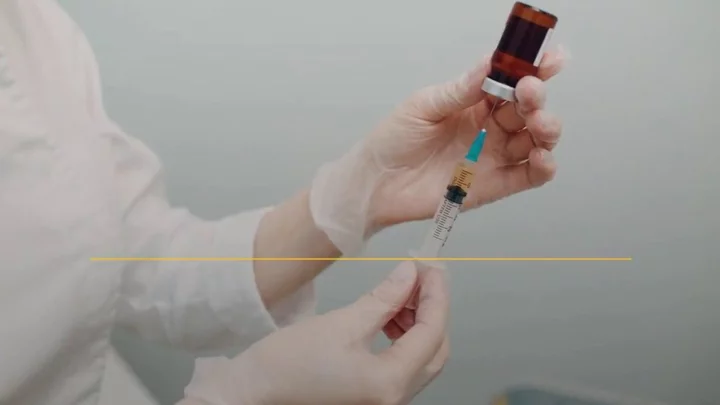
Scientists may have just found a cure for alcoholism
Alcohol addiction ruins millions of lives every year, but scientists may have found a cure for this terrible affliction. A new treatment for alcohol use disorder (AUD) has been trialled in monkeys with impressive results and, if these translate to human trials, the impact could be monumental. A team of neuroscientists and physiologists from across the US tested a new type of gene therapy to see if they could directly target the underlying brain circuitry associated with sustained heavy drinking. As they noted, in the journal Nature Medicine, people suffering from AUD commonly return to alcohol use even if they attempt to quit. This is largely to do with what’s known as mesolimbic dopamine (DA) signalling – meaning how the central nervous system circuit communicates the feelgood neurotransmitter dopamine. A protein called glial-derived neurotrophic factor (GDNF) is key to keeping these neurons in this reward circuitry functioning. However, experts have found that levels of GDNF are reduced in people with AUD during periods of alcohol abstinence, most notably in a region of the brain called the ventral tegmental area (VTA), as IFLScience notes. Therefore, the researchers decided to test whether using gene therapy to deliver more GDNF to the VTA could help reinforce this crucial dopaminergic signalling and prevent patients from suffering an alcoholic relapse. The team of scientists explained how alcohol consumption in non-addicts prompts the release of dopamine, creating a pleasurable buzz feeling, but chronic alcohol use causes the brain to adapt and stop releasing so much dopamine. “So when people are addicted to alcohol, they don’t really feel more pleasure in drinking,” Dr Kathleen Grant, a senior co-author of the study, said in a statement. “It seems that they’re drinking more because they feel a need to maintain an intoxicated state.” For their research, Dr Grant and her colleagues used eight rhesus macaque monkeys, who were exposed to increasing concentrations of alcohol over four 30-day “induction” periods. The monkeys then had free access to alcohol and water for 21 hours a day for six months, during which they developed heavy drinking behaviours. This was then followed by a 12-week abstinence phase, with the GDNF treatment performed four weeks in for half of the subjects. The gene therapy was delivered using a a viral vector containing a copy of the human GDNF gene injected directly into the primate’s VTA, according to IFLScience. And the results were truly jaw-dropping. “Drinking went down to almost zero,” Dr Grant said. “For months on end, these animals would choose to drink water and just avoid drinking alcohol altogether. They decreased their drinking to the point that it was so low we didn’t record a blood-alcohol level.” The most exciting aspect of their findings is the suggestion that gene therapy could offer a permanent solution for people with the most severe cases of AUD. This will be a welcome glimmer of hope to many, given that some 29.5 million people were diagnosed with AUD in the US alone in 2021, according to the National Institute on Alcohol Abuse and Alcoholism. Of these 29.5 million sufferers, almost a million (894,000) were aged between 12 and 17. It’ll likely be some time before we know for sure whether the gene therapy can be rolled out in humans, but it’s an important first step in tackling this devastating disorder. Sign up for our free Indy100 weekly newsletter Have your say in our news democracy. Click the upvote icon at the top of the page to help raise this article through the indy100 rankings.
2023-08-31 19:46

EU’s Green Banking Metric Will Mislead Stakeholders, Lobby Says
The European Union’s planned metric for showing which banks have the greenest balance sheets won’t reflect their efforts
2023-09-04 17:21

Google's AI Magic Compose Beta Goes Live For Select Users
Google’s Magic Compose tool, which uses AI to help users personalize the tone of their
2023-05-29 02:20
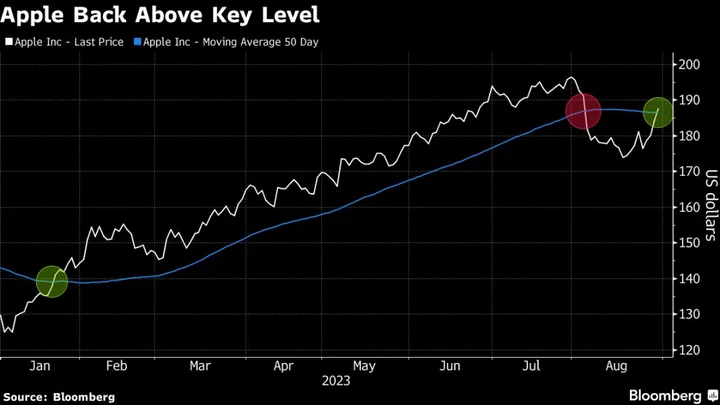
Broadcom’s Earnings Will Test Whether AI Euphoria Is Fading
Having unlocked stock market riches in 2023, the “artificial intelligence” catchphrase faces a shift in sentiment — and
2023-08-31 22:21
You Might Like...

Broadcom forecasts third-quarter revenue above estimates
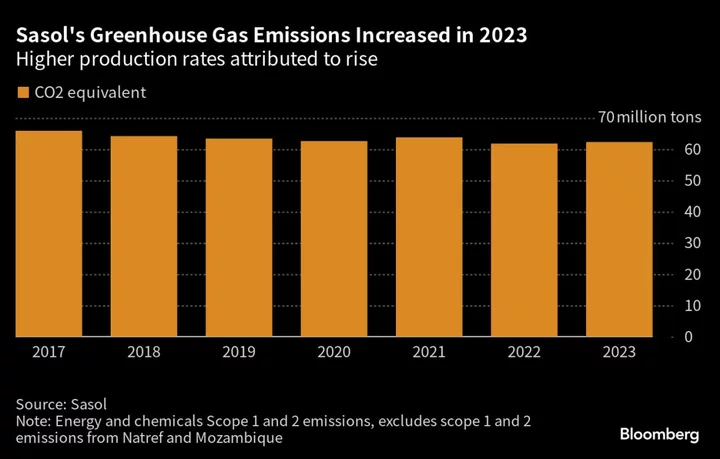
Sasol Picks Baloyi as CEO to Lead Firm Through Emission Plan

The New Razer Blade 14 Is the Ultimate Portable Gaming Machine

Walmart and Expedia Group Launch Travel Benefit for Walmart+ Members

OMNIVISION Announces First Fully Integrated, Low-Power, Single-Chip LCOS Panel for Next-Generation AR/XR/MR Glasses

5 simple ways to step up your business's TikTok game
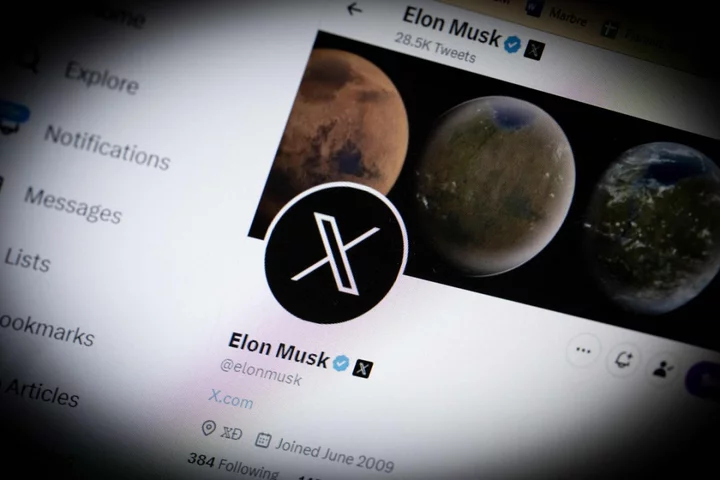
Twitter to X: Why Elon Musk rebranded the social networking platform
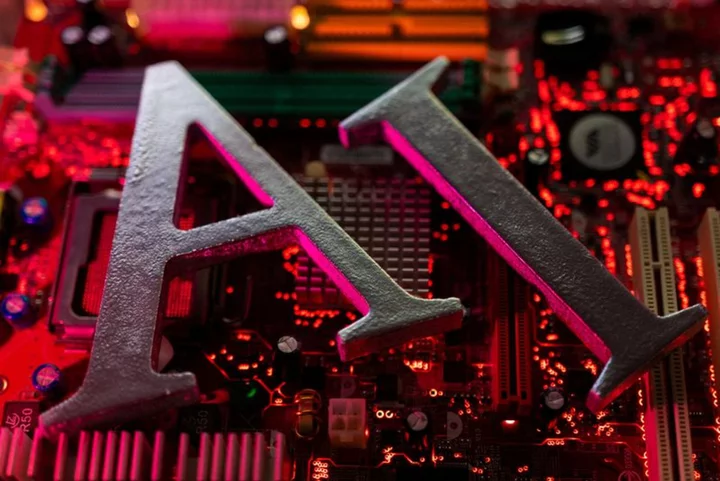
China's 360 to open AI model to the public - state media
